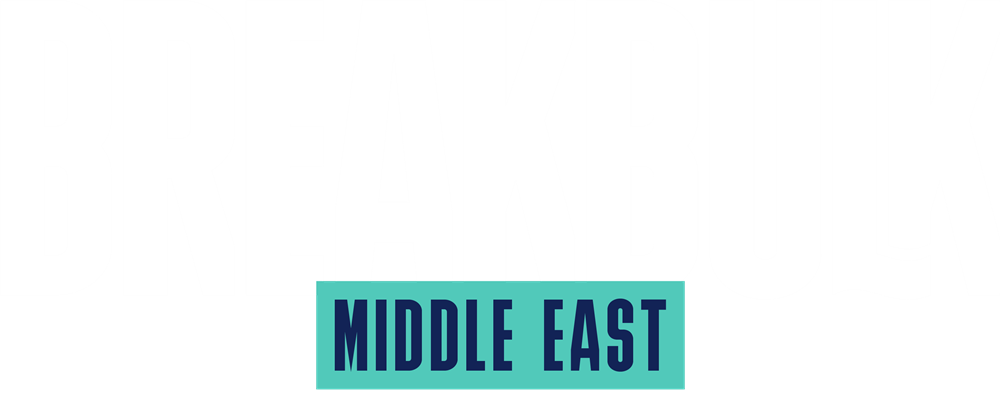Carriers Continue to Face “Capacity-Busting” Port Congestion

By Carly Fields
MPV operators had a bumper year in 2022, but while the increased revenues were welcomed after many fallow years, AAL Shipping CEO Kyriacos Panayides said that the “good times” also brought challenge as carriers battled with capacity-busting and schedule-challenging congestion at ports.
Speaking on the Business Outlook: Rates, Capacity and Sustainability panel at Breakbulk Middle East, Panayides said: “What we have taken away from that is that it required a complete review of business models. We had not experienced such dramatic cargo growth for some time.”
Adding to the carrier perspective, Denis Bandura, managing director at BBC Chartering Mideast DMCCO, said that “adaptation” had been the buzzword for carriers over the past two years, while Hisham Al Ansari, CEO at MSC Saudi, gave “flexibility” as his word of choice.
“With the connection of the Middle East region to the global markets, the question of supply and demand was very much about flexibility. We had congestion everywhere that we had to work with,” he said. “It was a challenging period, no doubt, but the lesson learnt was quite great in terms of how you can manoeuvre.”
From a freight forwarder perspective, Andy Tite, vice president of global business development and commercial director of industrial projects at DHL Industrial Projects, said that people had been the biggest challenge of the past two years, with everyone under pressure to work from home and restrictions on travel.
“Relationships with the carriers and EPCs are really important to us; we need to connect with our clients. Coming together in business is a great focus for us.”
Engineering, procurement and construction companies, meanwhile, have had to adapt to the demands of tighter capacity, particularly on the sea freight side. Stephanie Schooley, logistics Manager at Petrofac, told the audience that EPCs have had to “adapt” and change their approach, adding in more contingency.
“Ultimately there is a lot to think about,” she said. “The biggest issue for an EPC today is the long timeframe from proposal to execution. Therefore, EPCs need commercial and technical support, flexibility and options,” she said.
Collective Approach Advocated
Past and future problems are “best solved as a collective”, Tite added. “As freight forwarders we cannot dictate what happens, but we have definitely got a role to play. We are a conduit, understating the needs, wants and priorities of our clients, but being empathetic with carriers.”
Al Ansari agreed that co-operation between all the players will make life easy for the final customer and the shipper, while Schooley added that transparency is also key in a volatile market.
Building on that sentiment, Panayides said that you need stability, as volatility makes it difficult for everyone. “We need the market to behave maturely; all the stakeholders need the industry to align. We have to further enhance the landscape we are working on, whether that is pricing, landside logistics and so on – we all need to work on a stable path and then business will be more predictable.”
Looking ahead, the carriers on the panel agreed that the project planning horizon will be compromised by the difficulty in renewing the MPV fleet. That, coupled with technical issues and ever-increasing demands from clients, could pose challenges to capacity and sustainability drivers.
Panayides said that nobody today knows what the “ship of the future” will be, which makes it difficult for carriers to make firm commitments on new tonnage. But on the upside, this means that carriers have not “gone crazy” and over-ordered, he said, meaning that there will not be overcapacity in the MPV sector.
“We are going to face tight supply challenges,” he concluded. “There is so much push on sustainability, but there is no real adequate infrastructure in place for shipping lines to make a sustainable business model.”
Check out our post-session interviews:











-(1).jpg?ext=.jpg)

_2.jpg?ext=.jpg)







